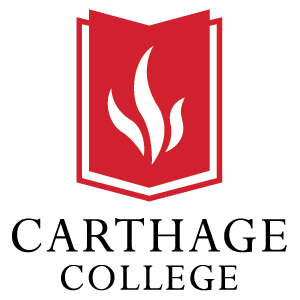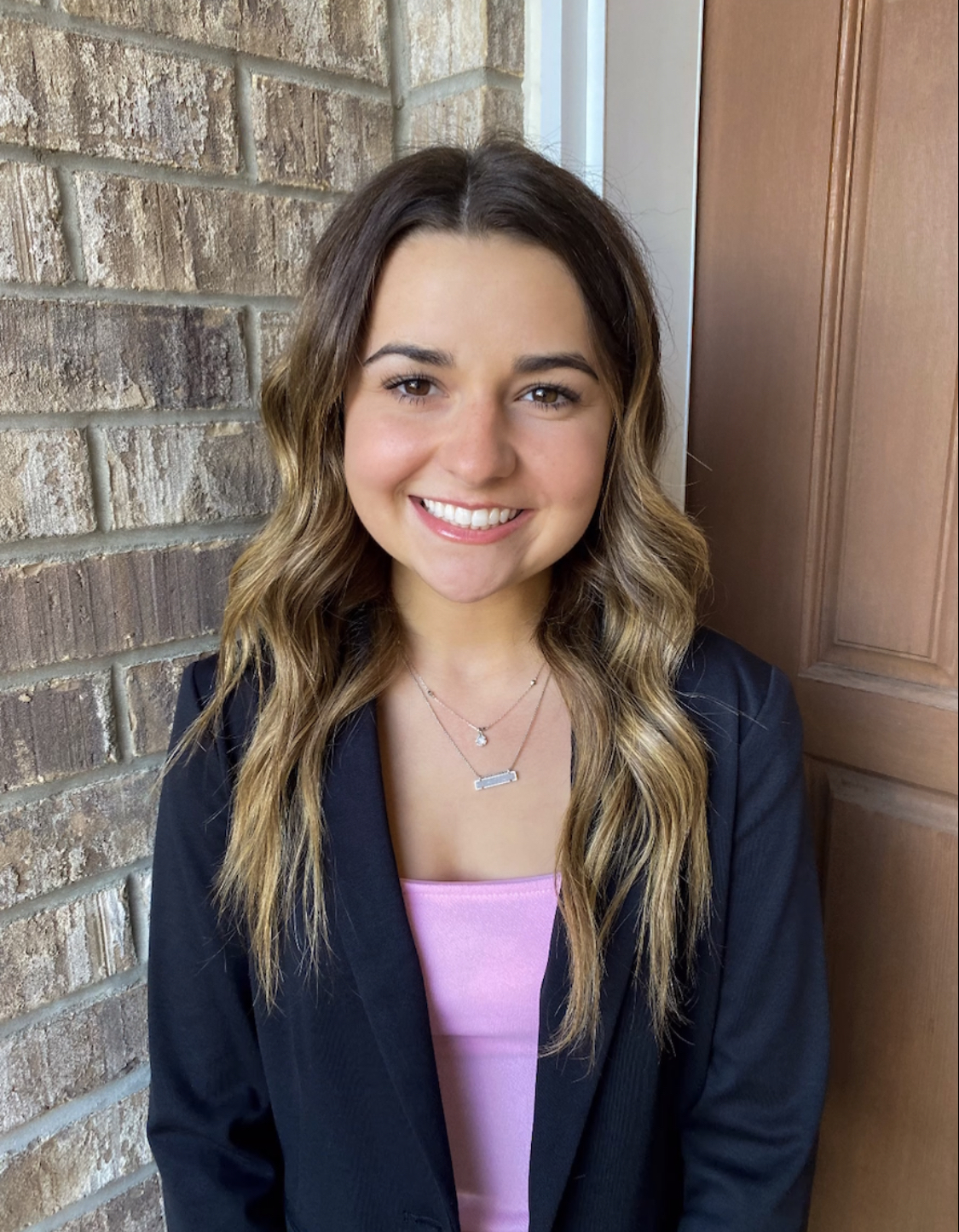Below is a summary of the abstract you submitted. Presenting author(s) is shown in bold.
If any changes need to be made, you can modify the abstract or change the authors.
You can also download a .docx version of this abstract.
If there are any problems, please email Dan at dar78@pitt.edu and he'll take care of them!
This abstract was last modified on March 15, 2022 at 12:23 p.m..

Using the host Microbacterium foliorum, 20 phages were isolated at Carthage College in Fall 2021. Two of these phages, Johnathan and MortySmith were isolated from soil samples taken from the Carthage campus, which is located adjacent to Lake Michigan and has a river tributary running through campus providing unique conditions for exploring the soil microbial environment. Electron microscopy revealed that both phages are members of the siphoviridae family with long flexible tails. Genomic DNA sequencing revealed that both phages are lytic, which is also supported by their plaque morphology. Johnathan is a member of cluster EB phages, and its genome has defined ends while MortySmith is part of the cluster EF and has circularly permuted ends. Although both phages’ genomes have extensive similarity with other members of their cluster, distinct differences have been identified. During initial annotation of MortySmith, we have identified a possible small subunit terminase based on recent data added to the Protein Data Bank that was previously not called by other cluster EF phages. Once annotation is complete, further investigations will be performed via student-led independent projects to explore phylogenetic relationships and genomic information specific to our phages.


